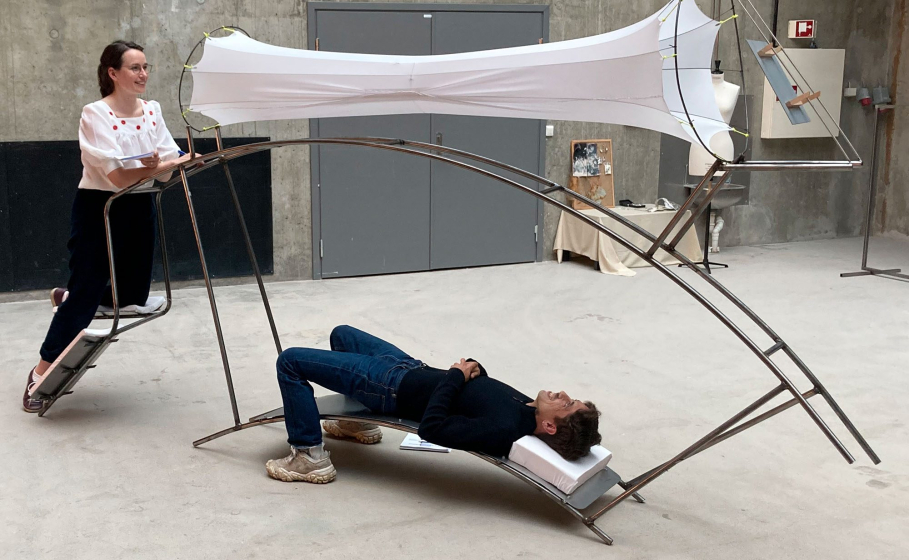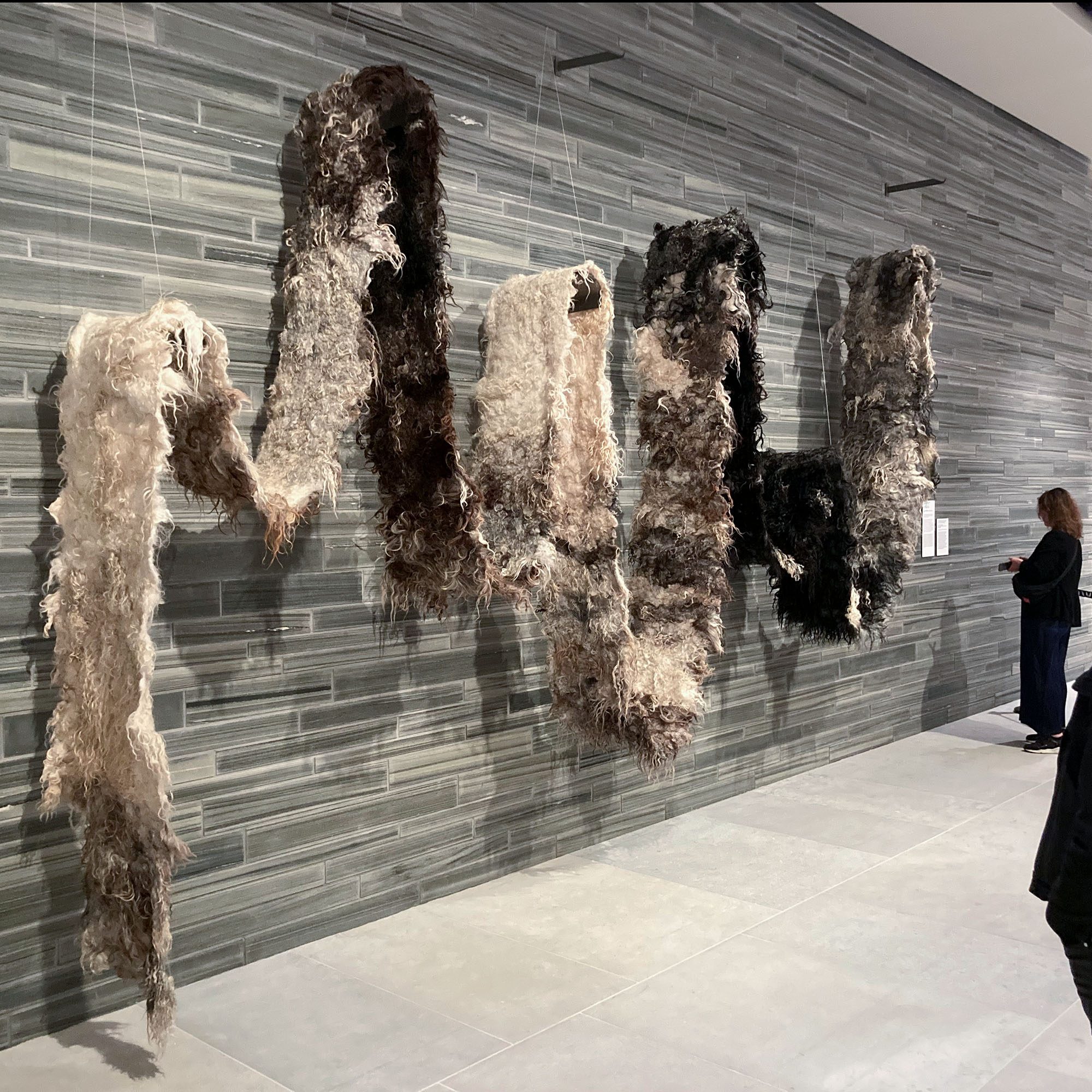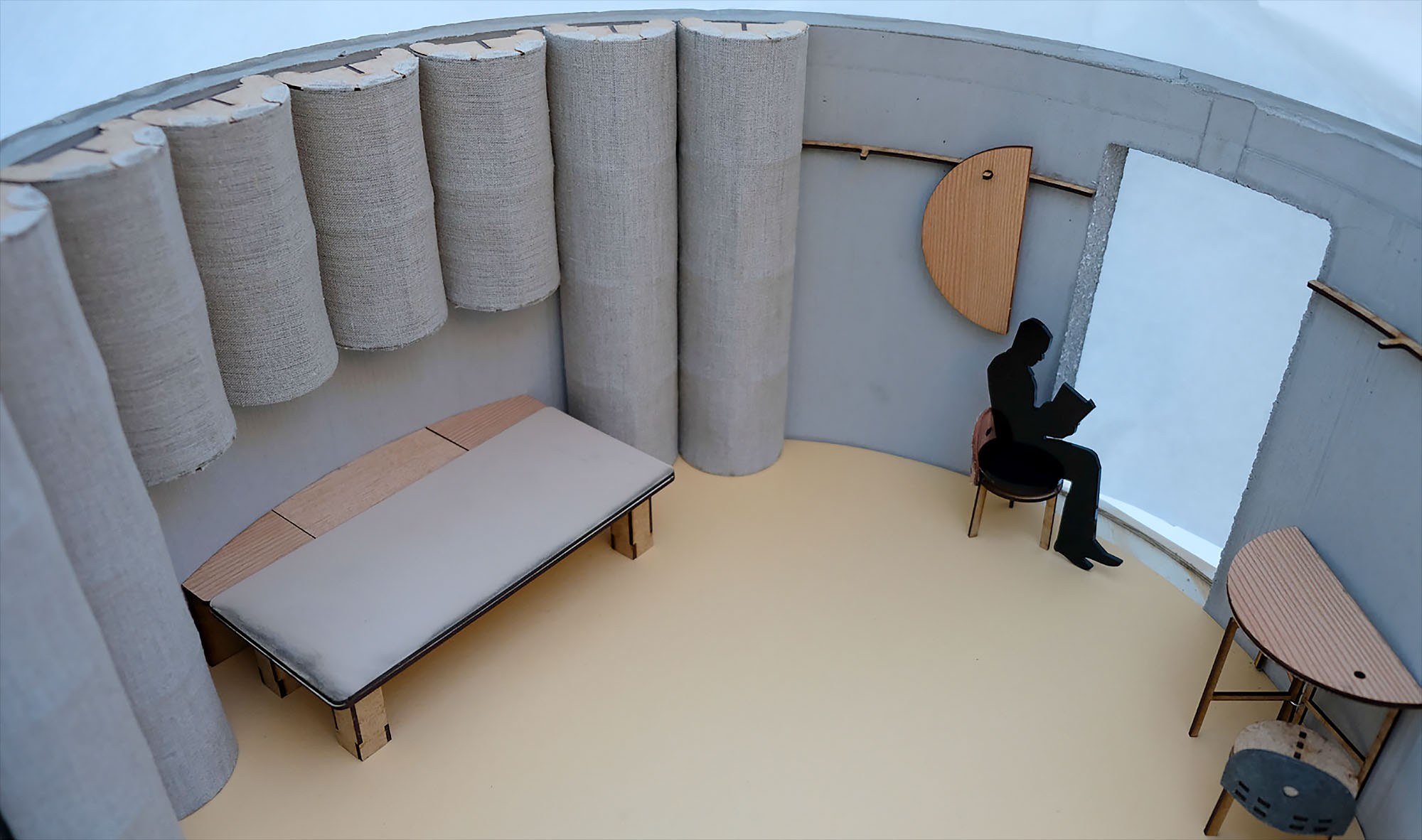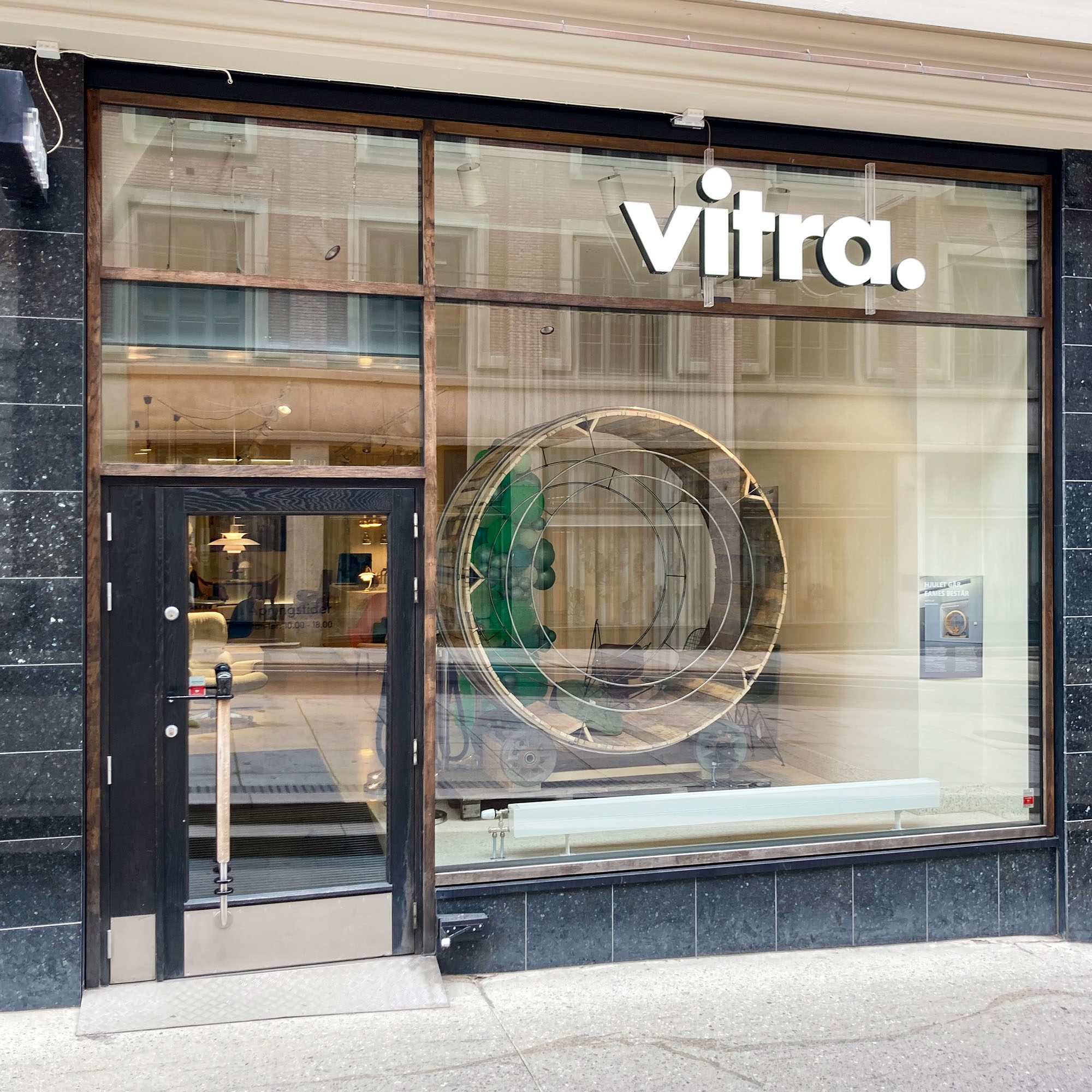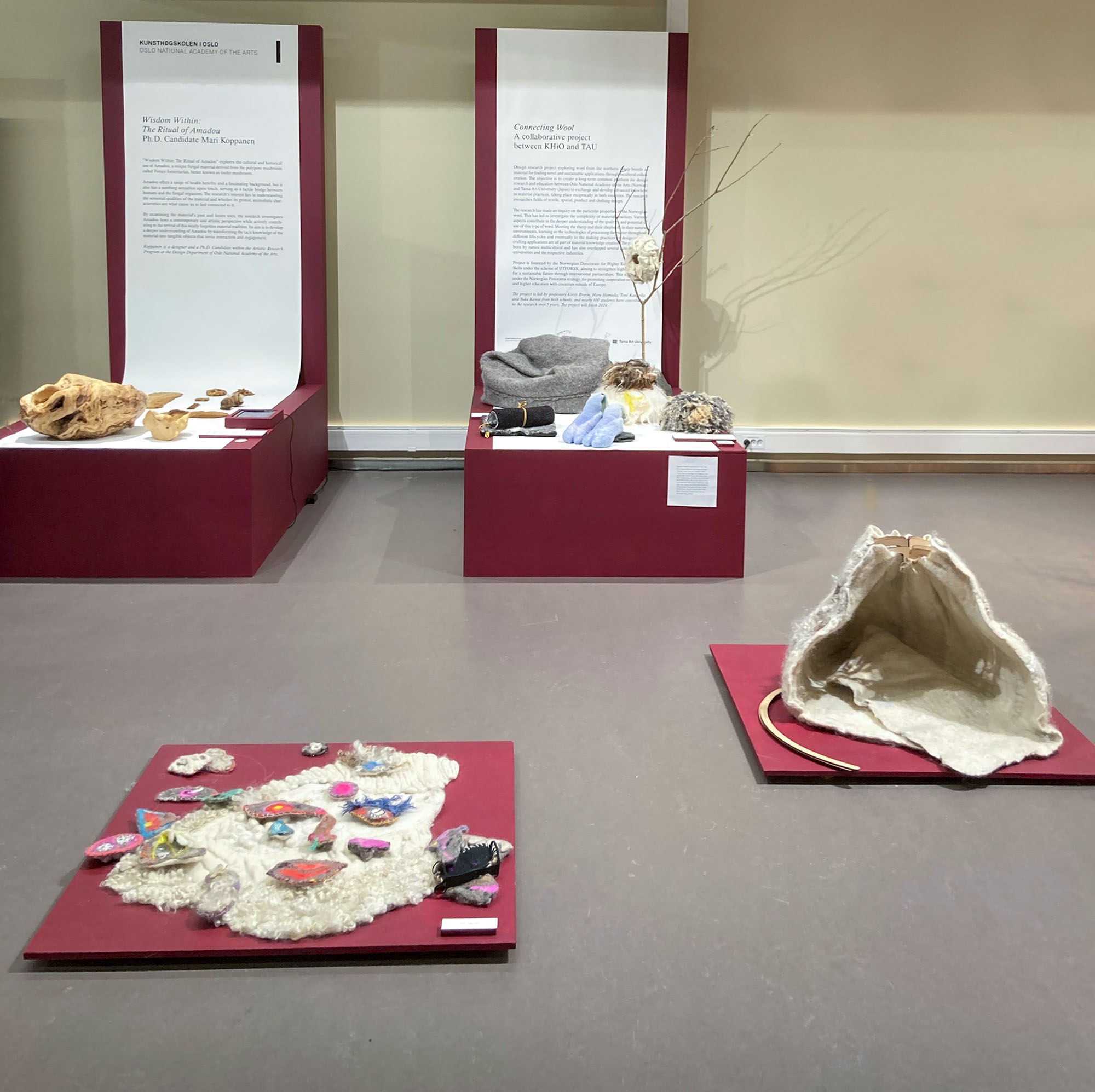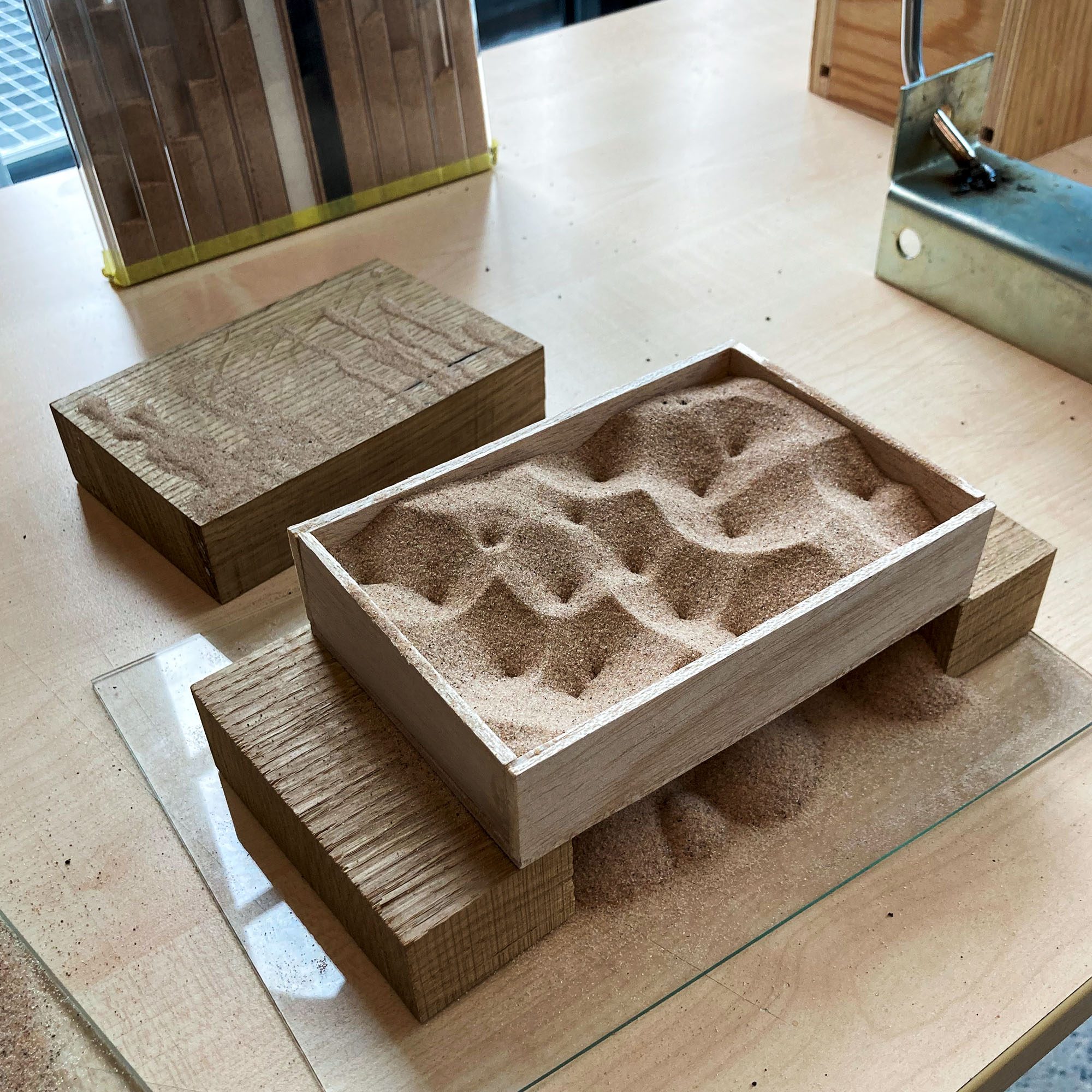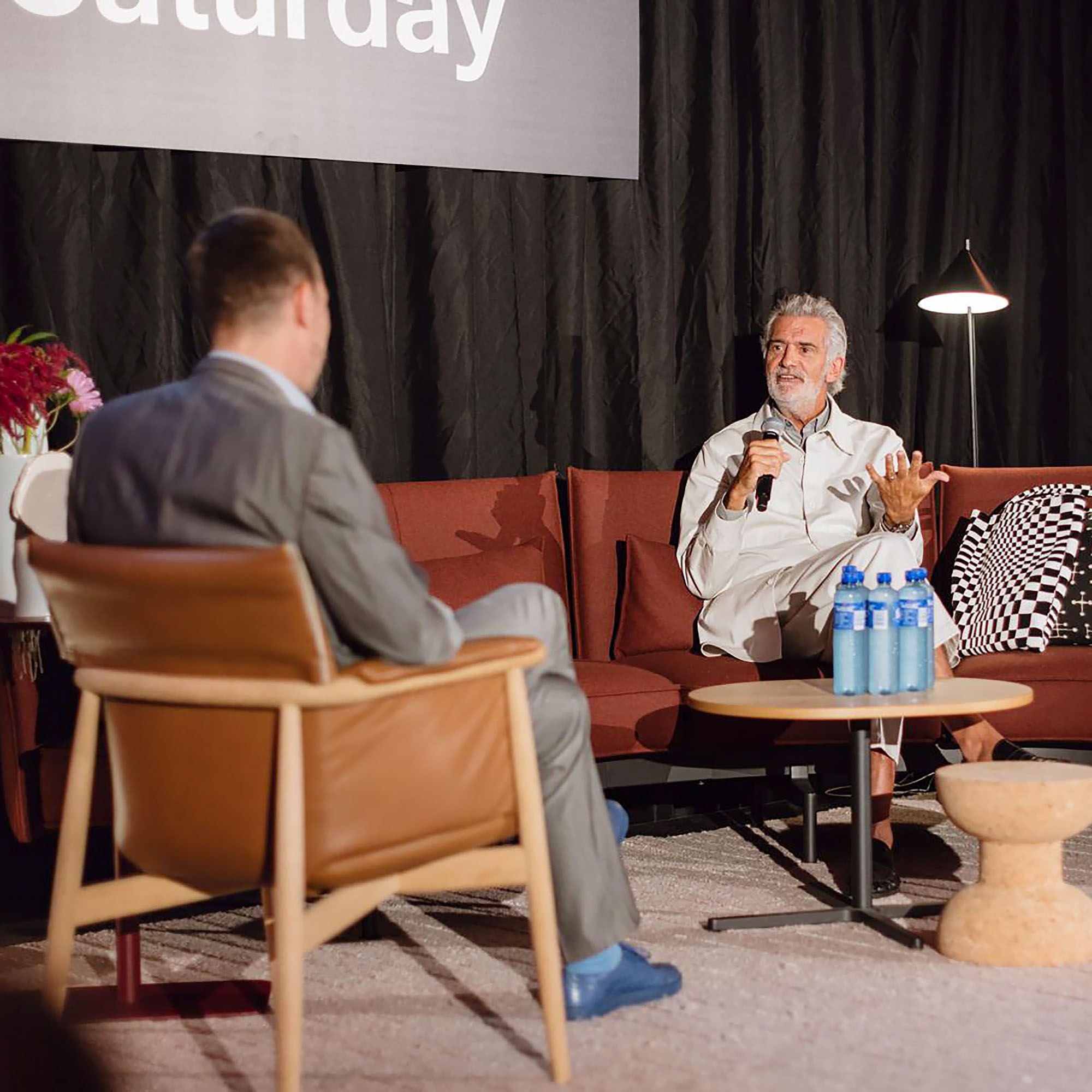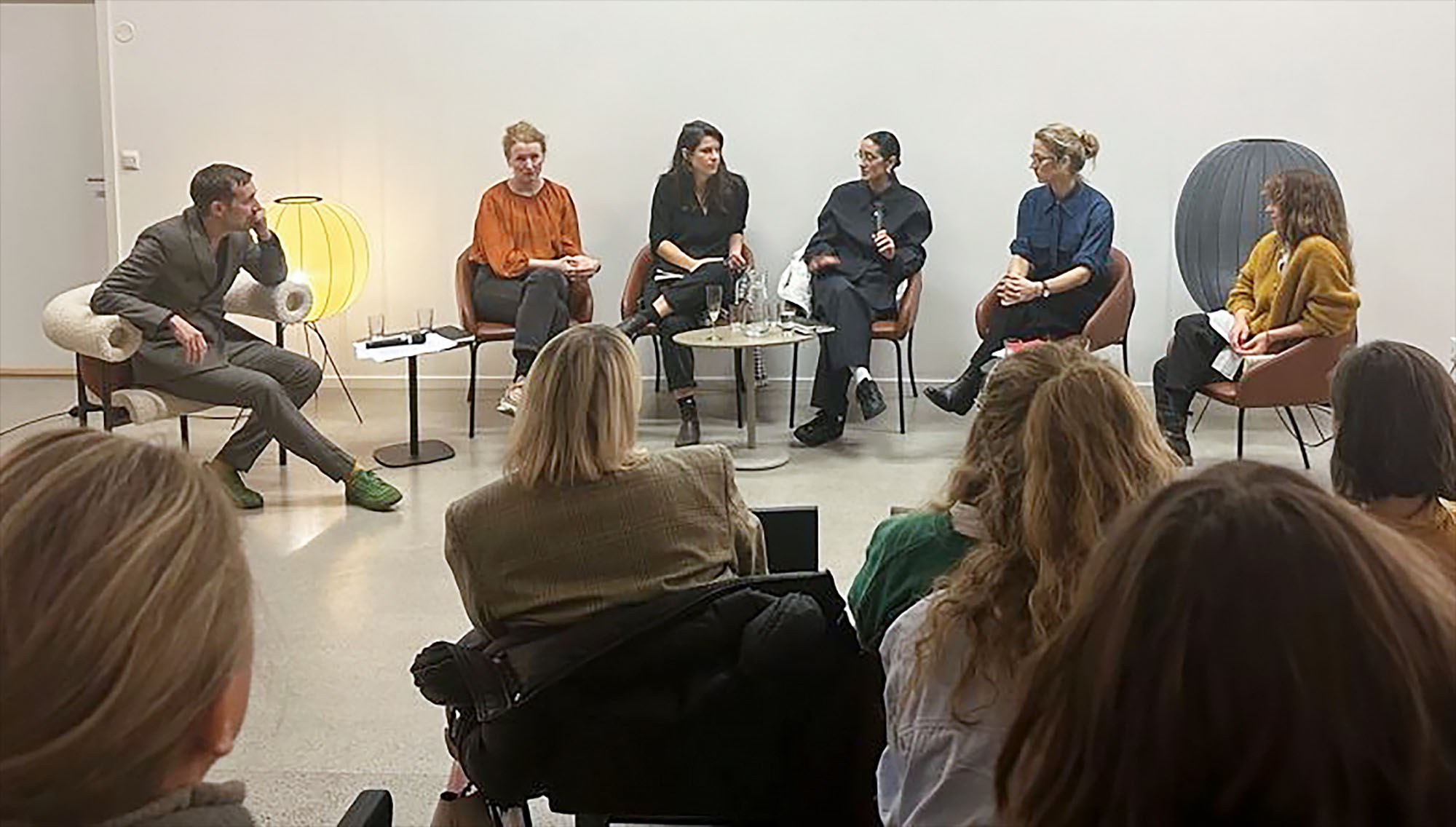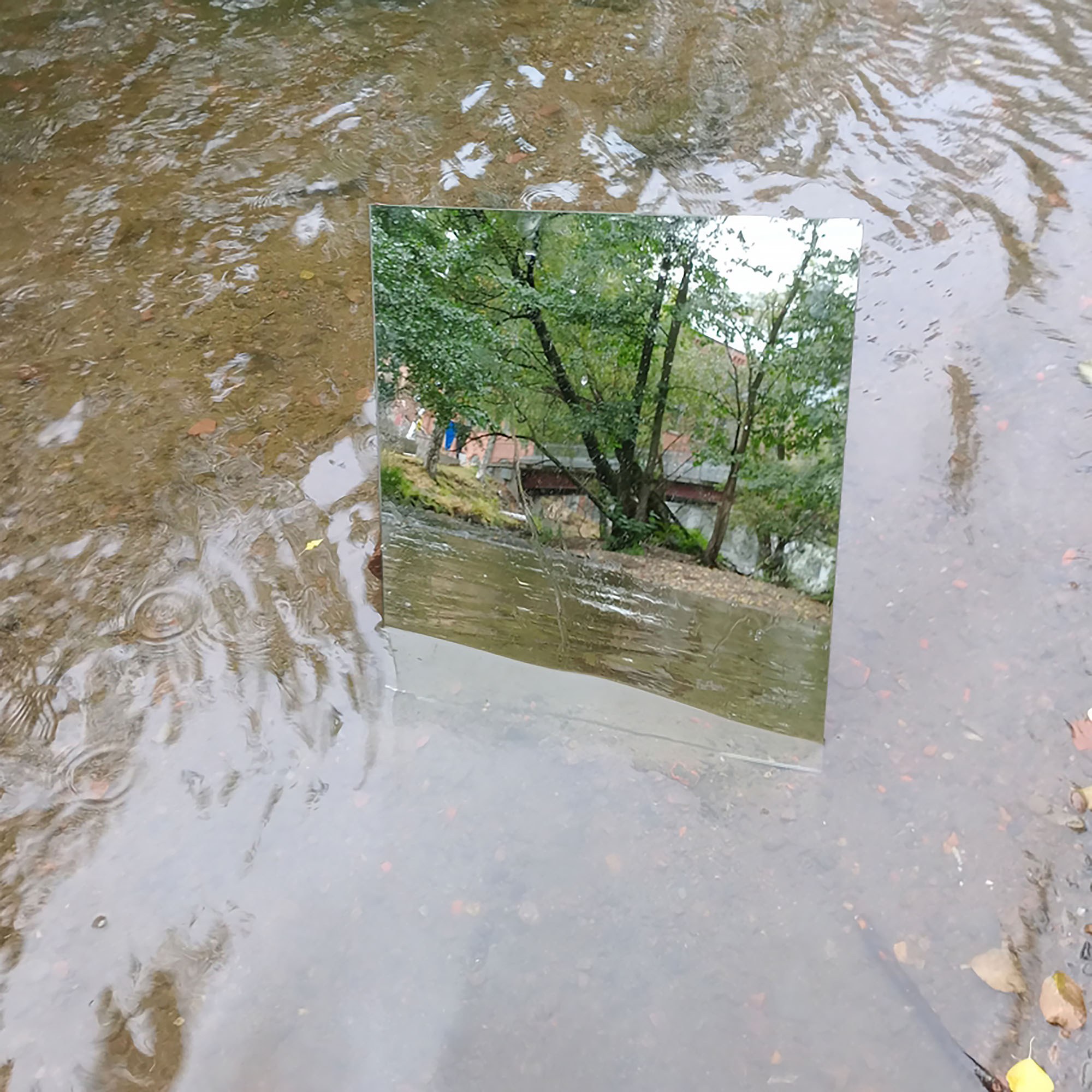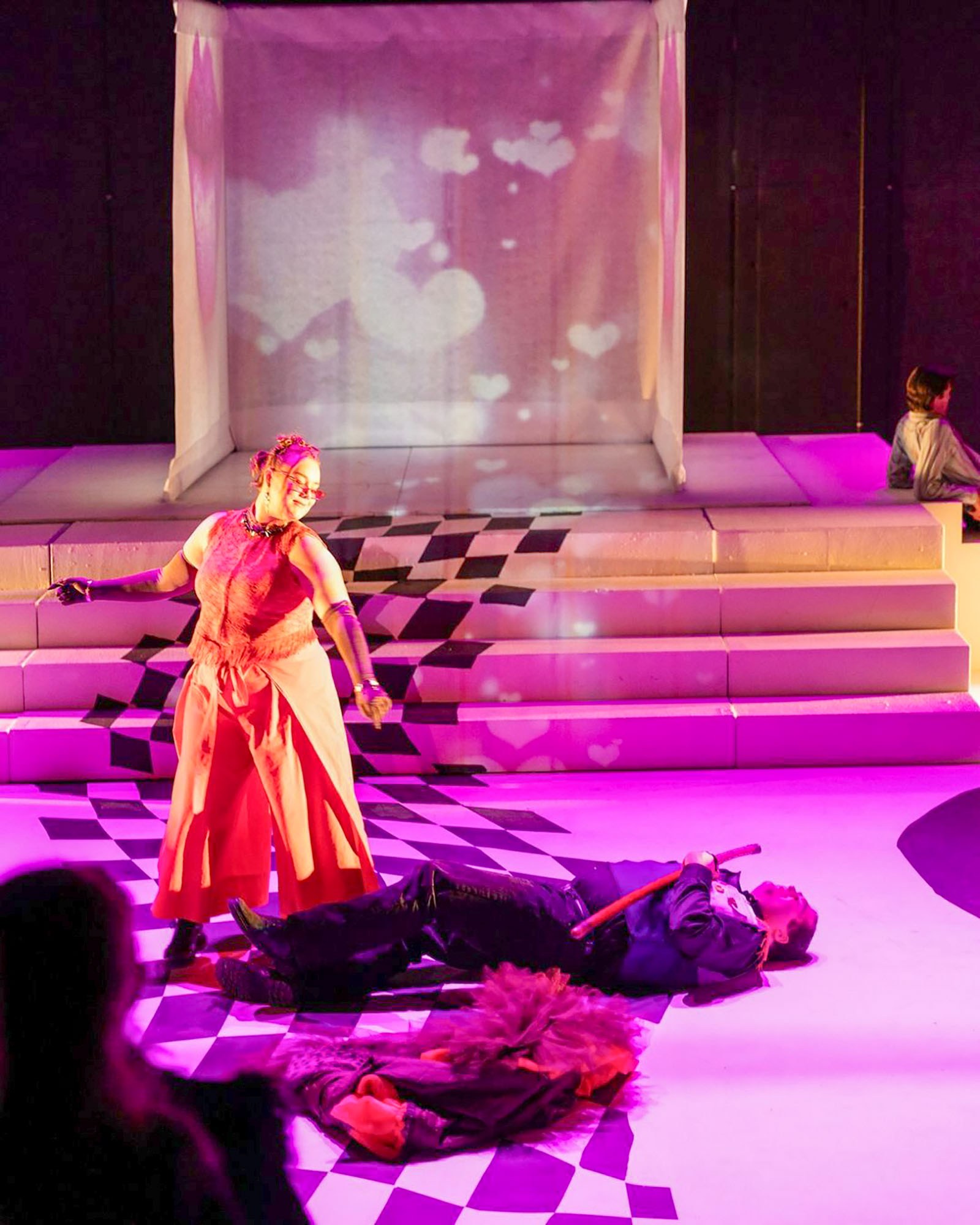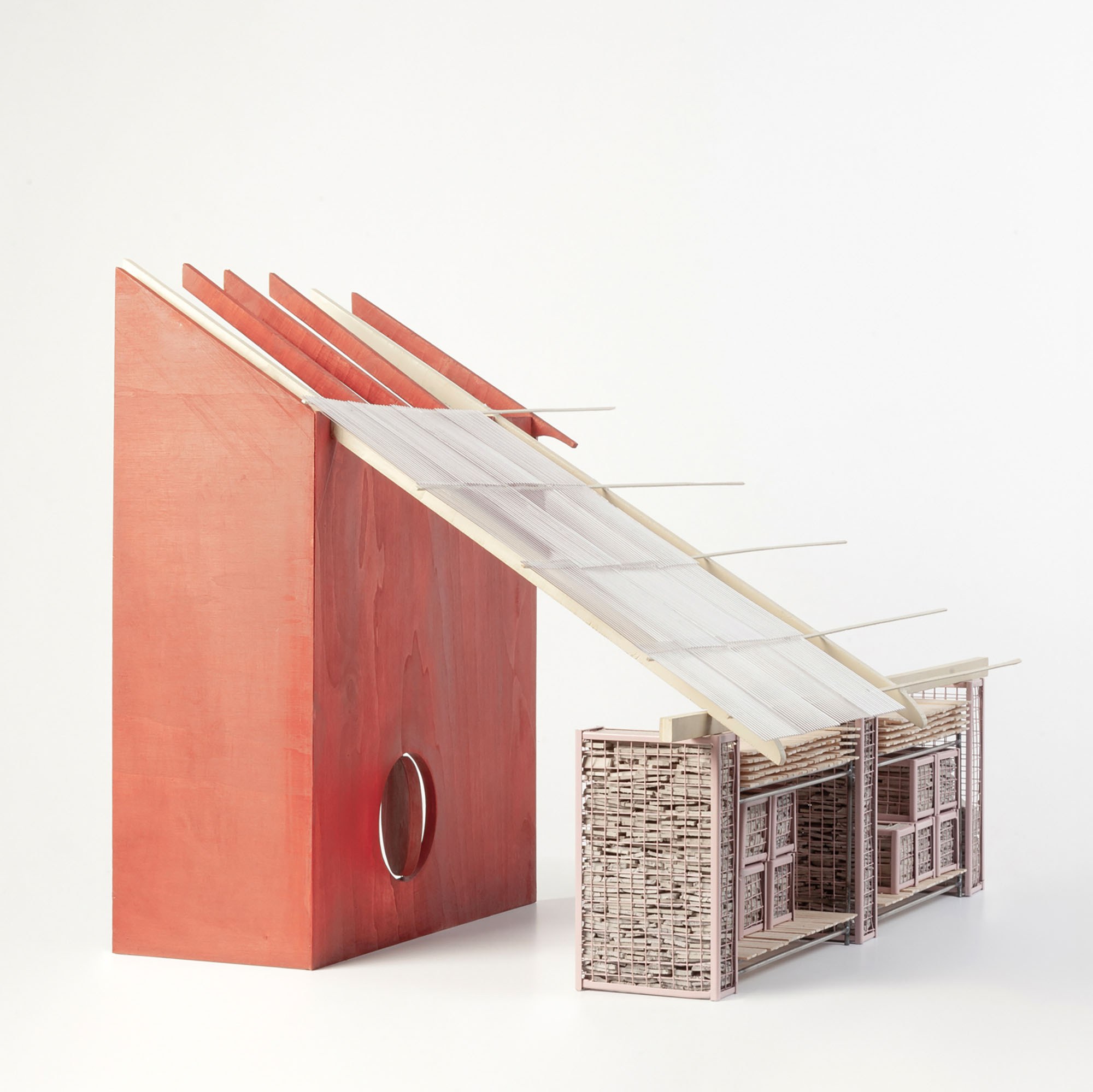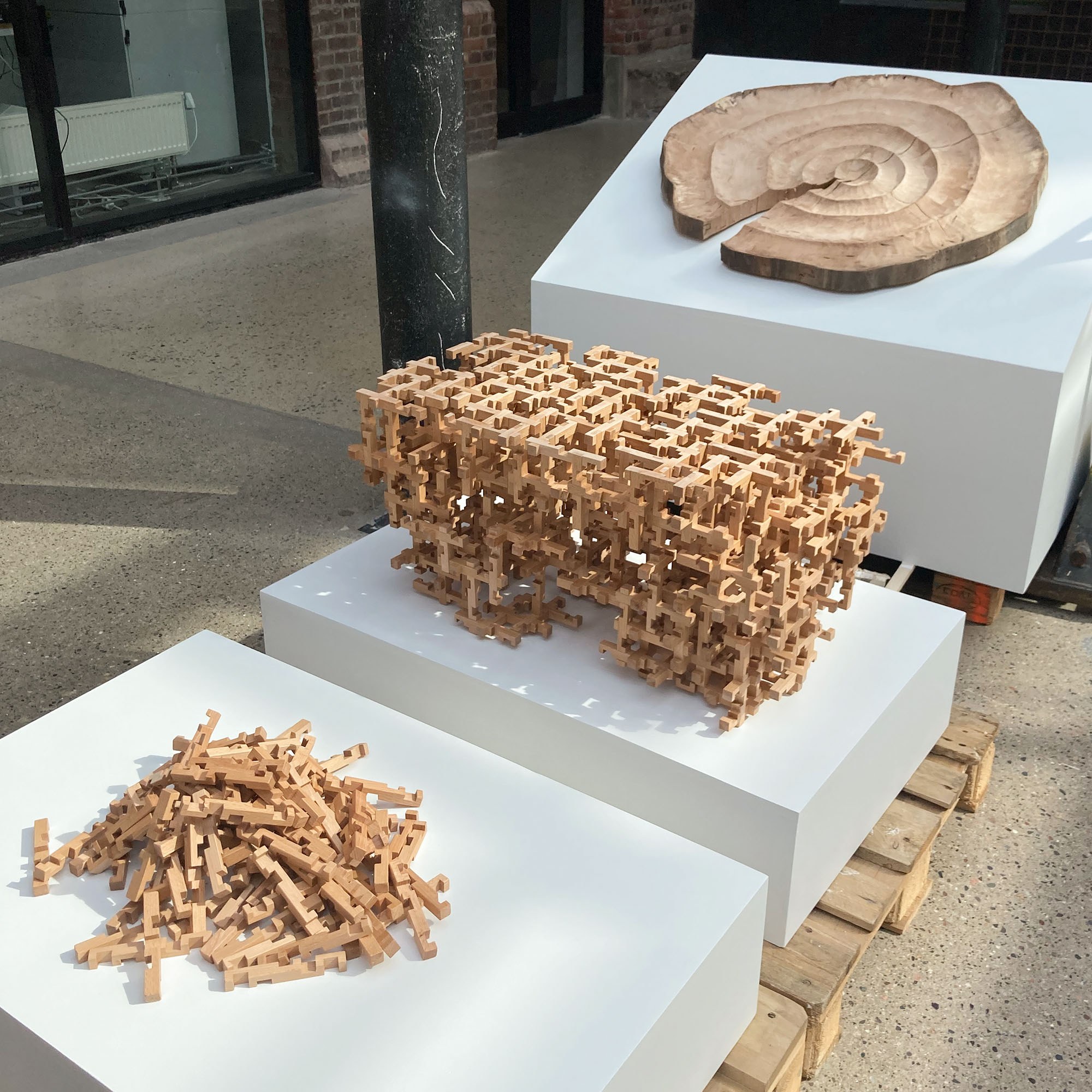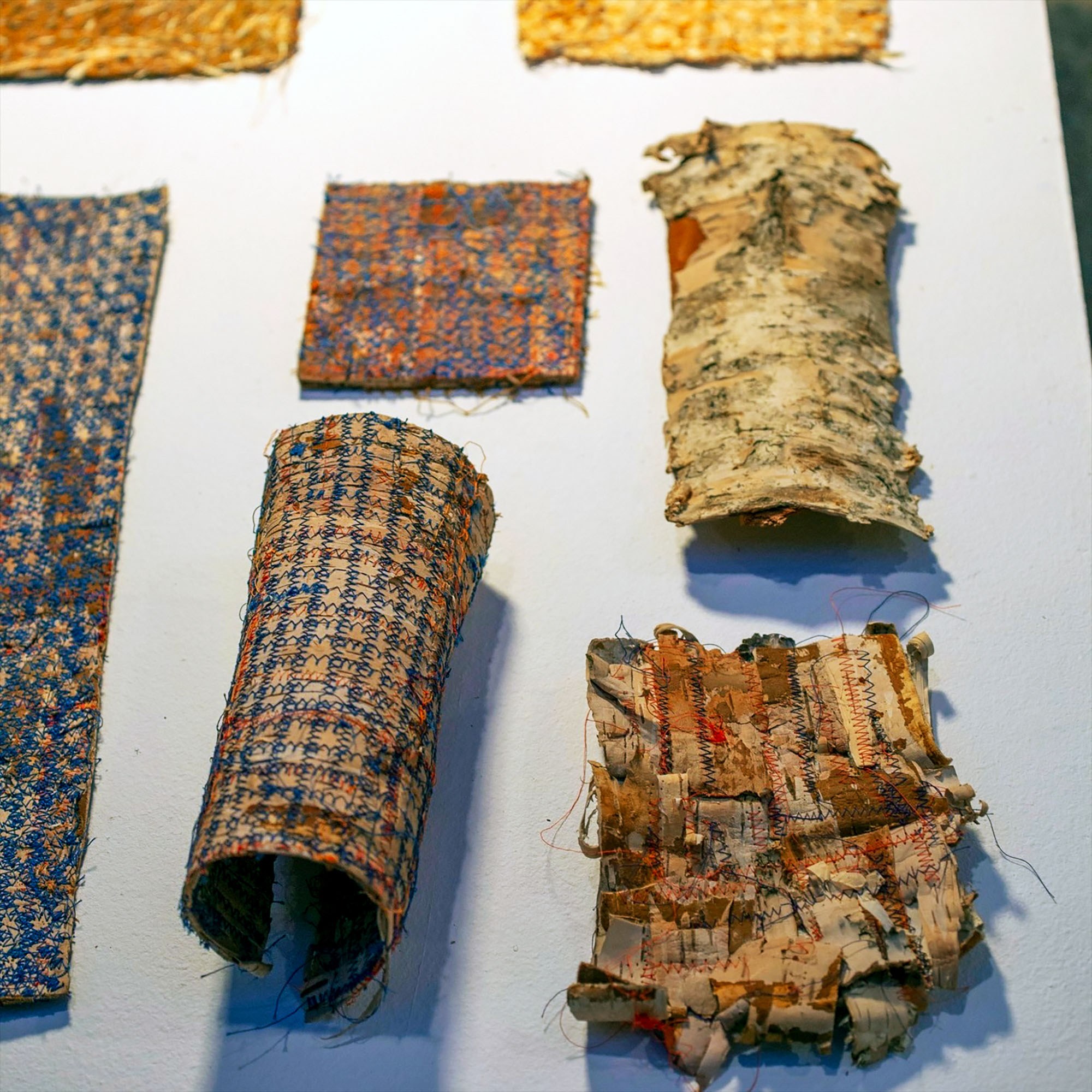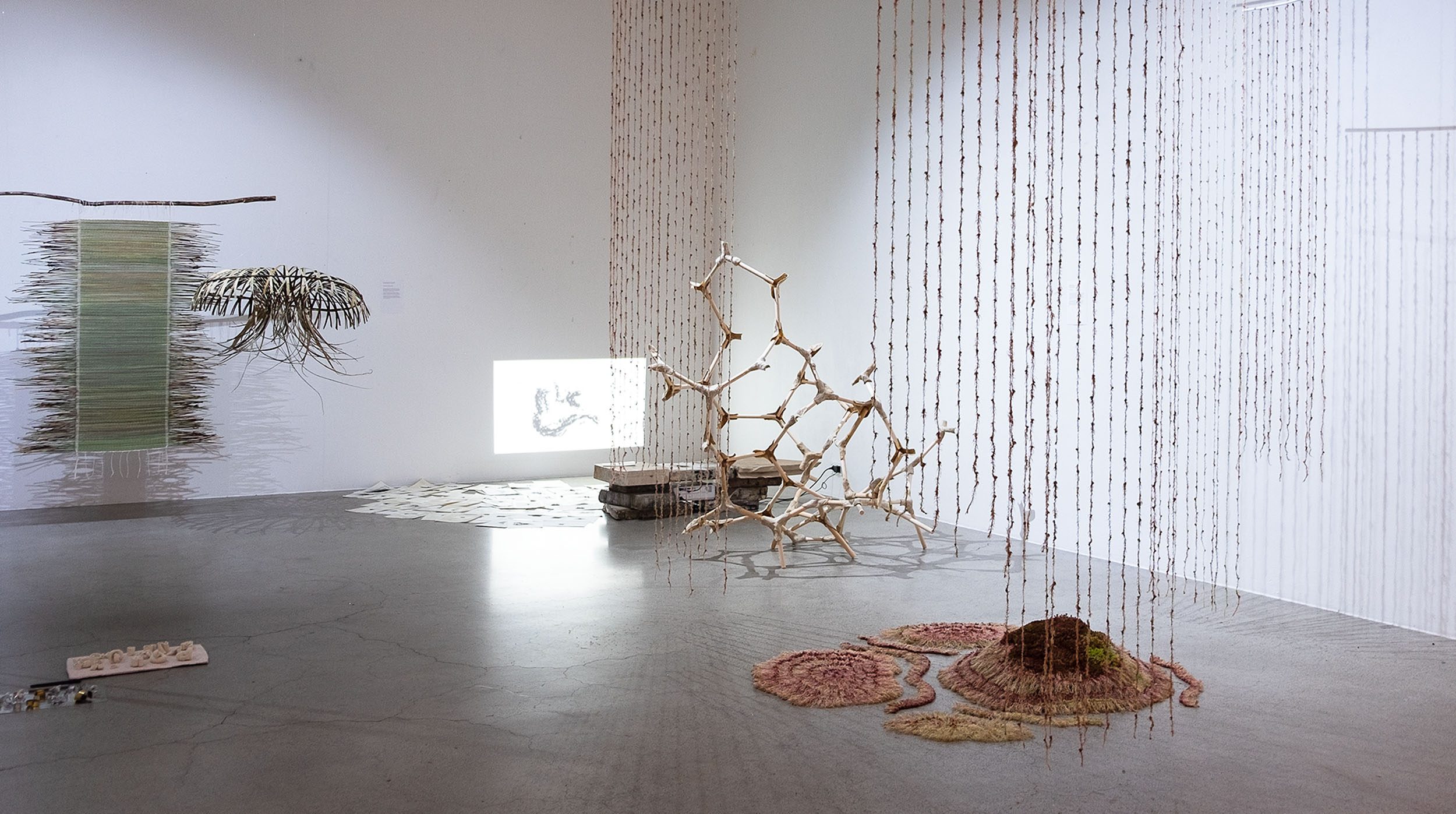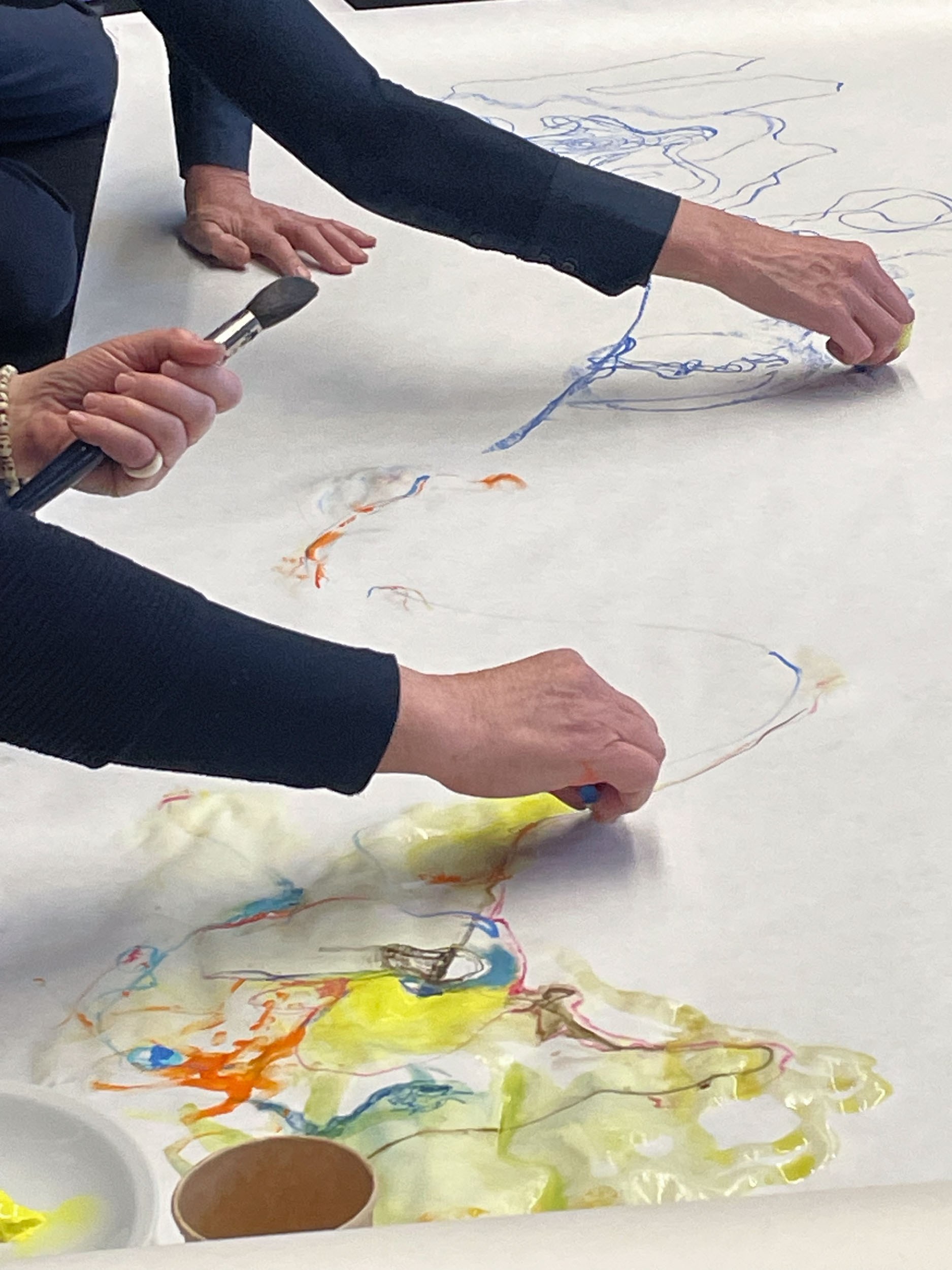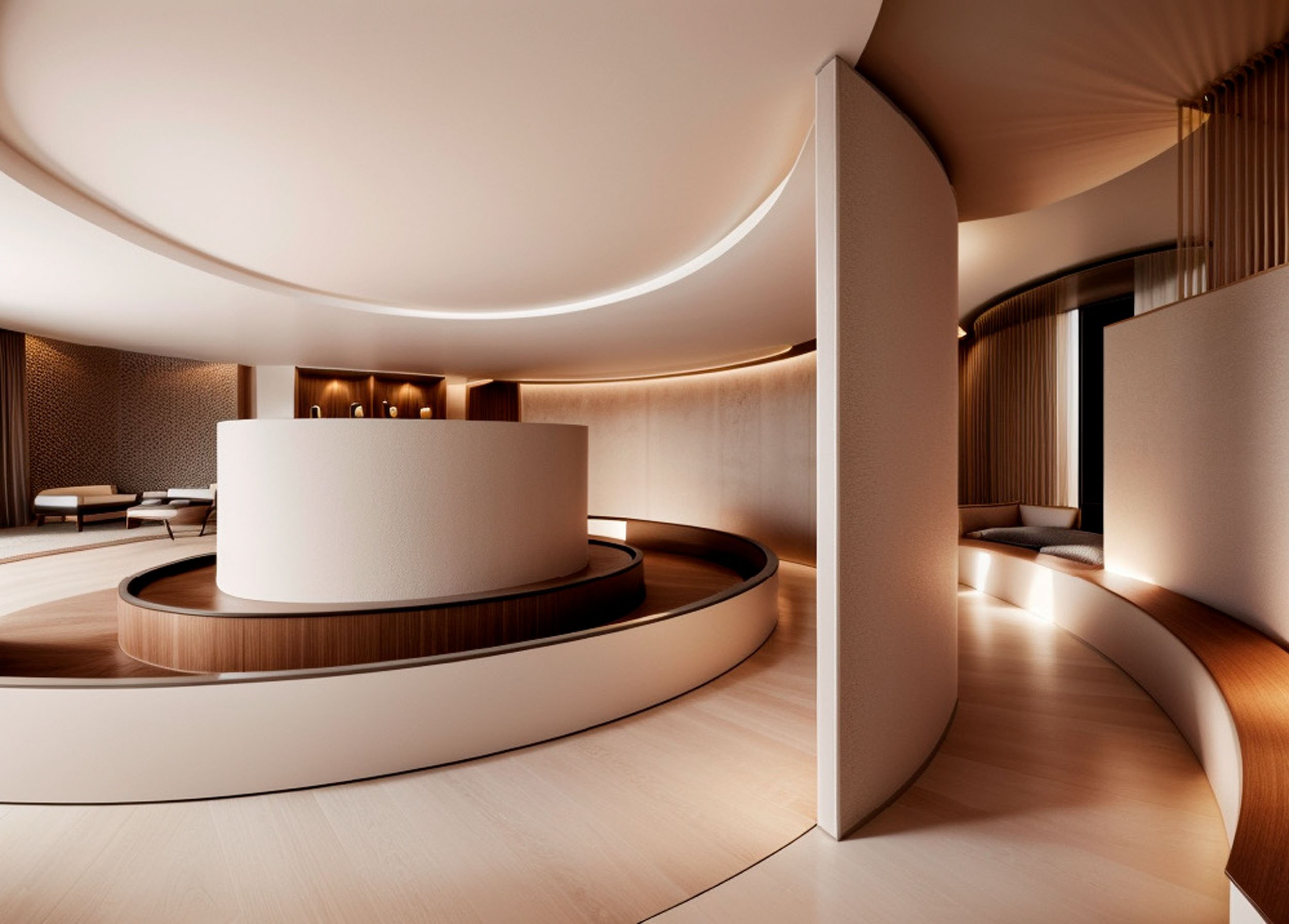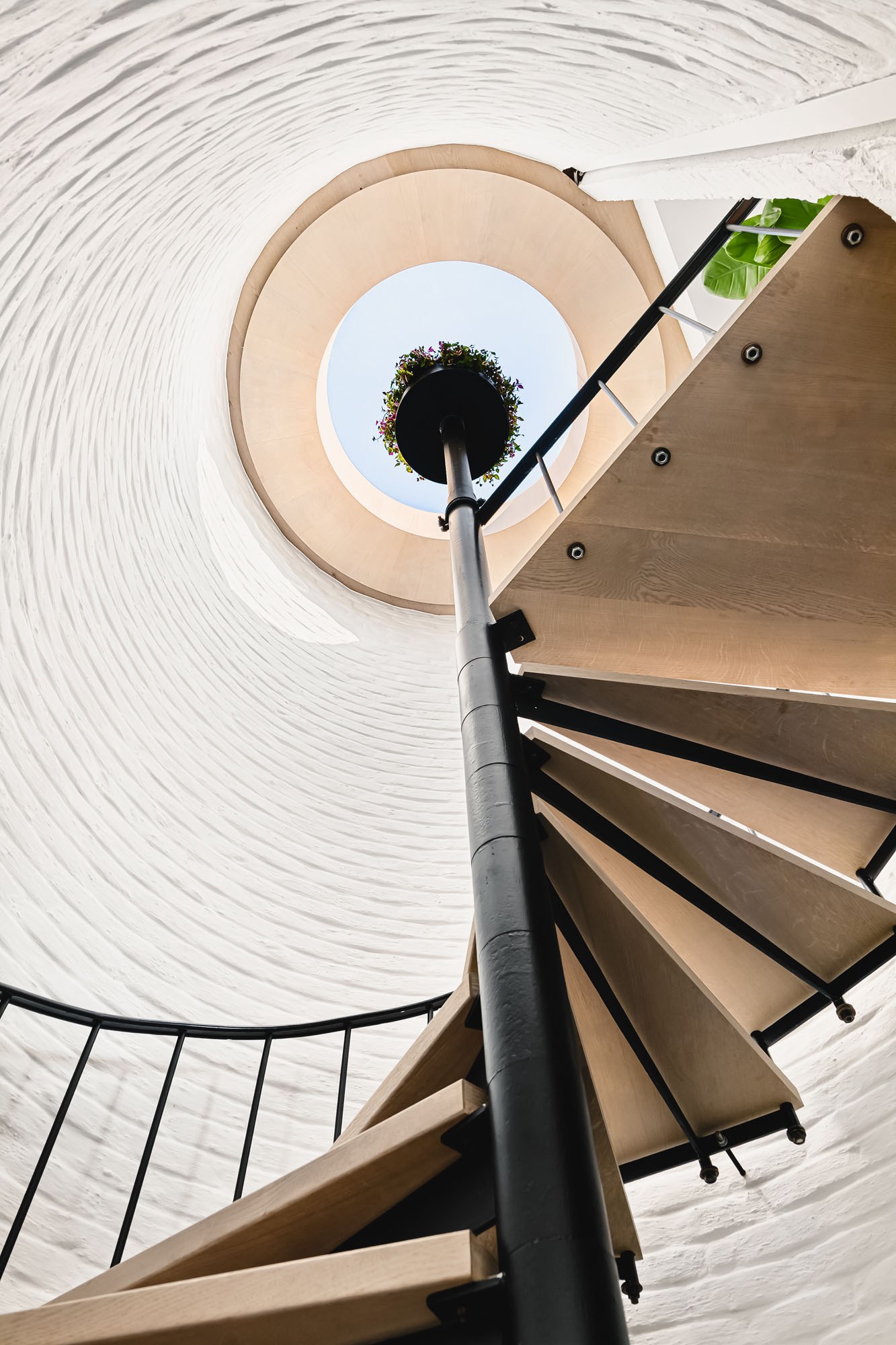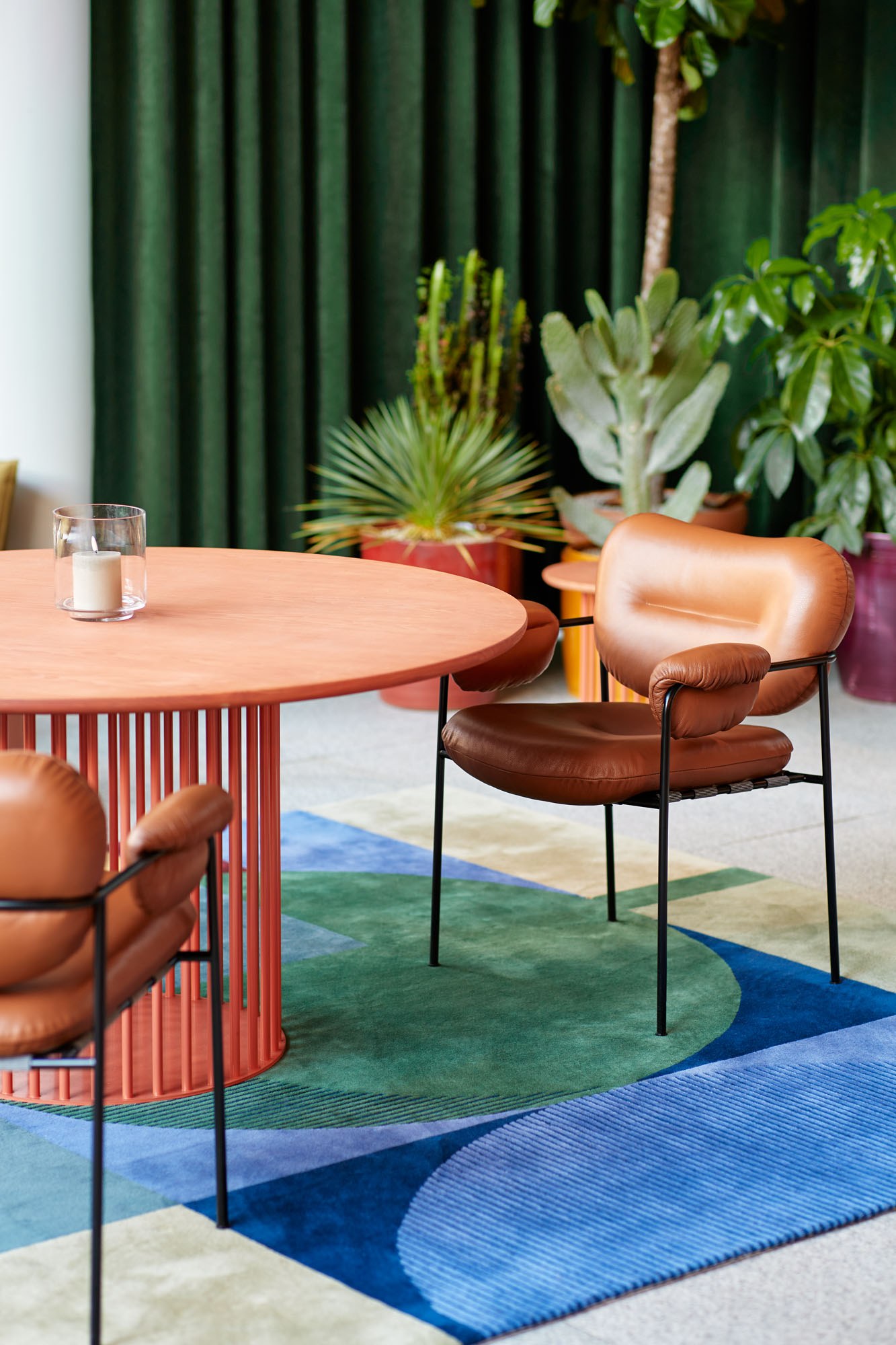Our transdisciplinary approach, our contemporary interpretation of the Gesamtkunstwerk and the “romkunst” has paved our pedagogic and research ambitions; The Norwegian concept where the spaces and objects, interiors and furniture, are part of an integrated discipline addressing our cultural needs and ambitions to inhabit our society tomorrow. The key focus is thus on the social spaces, the places where we negotiate a better future for both human and beyond-human actors, whether related to future living, work or our cultural belonging in a broader sense. Furthermore, the material practices play an essential role how to address our built environments with responsible approaches considering our fragile planet in the age of increasing material scarcity.
It has become status quo in academia to pragmatically reflect and react to the rapidly changing world. If aftermaths of COVID-19 and the presence of wars in our close vicinities are part of the new normal, the direct and indirect impacts obviously hit the education and research at the academia. Some of the more prominent ramifications in the last year have been the vast economic cuts within the institution that have direct consequences to the quality of the education and research. While the academic design faculty is robust, resilient and creative to navigate through such uncertainties and crises, one can only speculate on all the negative outcomes for the future of our students and eventually to the professional field. Another serious drawback in the last year is the political shift in the tuition fee guidelines, hindering international students entering our education. This has both short- and long-term predicaments. On first instance to develop a future-proof learning milieu depends on high prioritisation on diversity of participants, to be able to learn and respect the multiplicity in our working environments. Eventually the lack of cultural heterogeneity will directly weaken the competitive advantage to create better and more inclusive living environments for our society. Short-sighted decisions with the tuition fees will thus have a greater negative impact in the long run.
KHiO 2023
